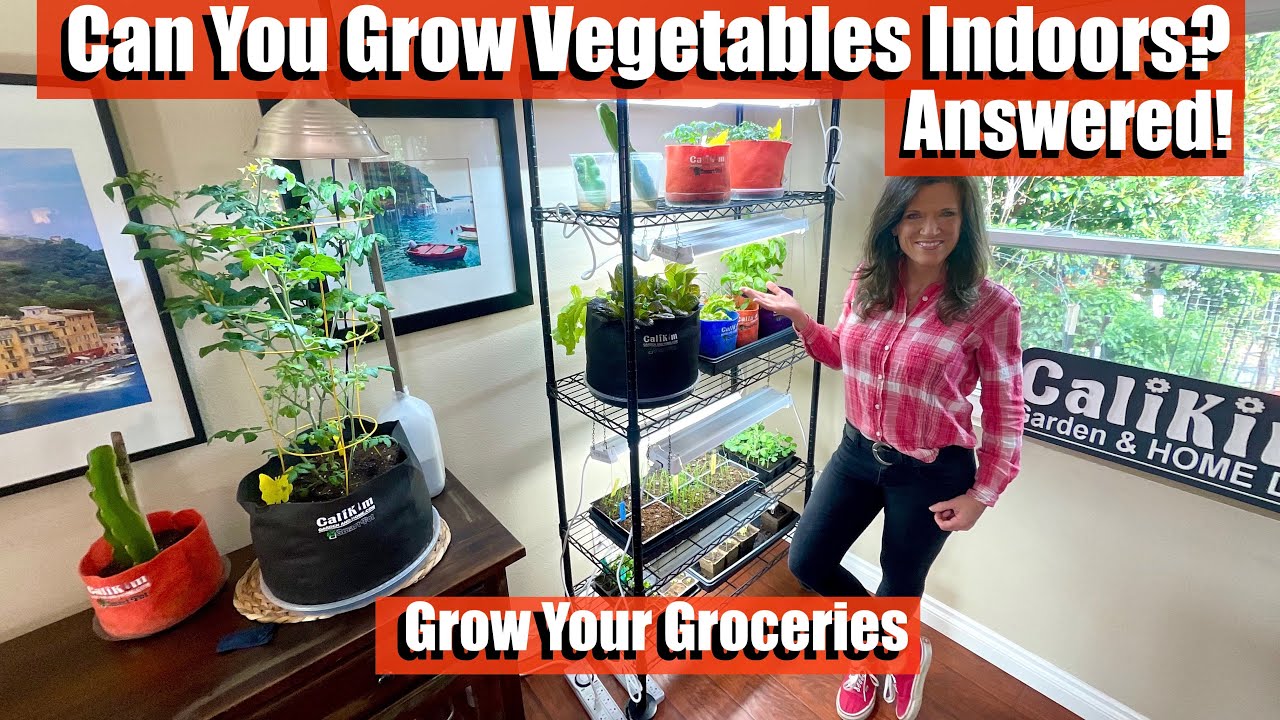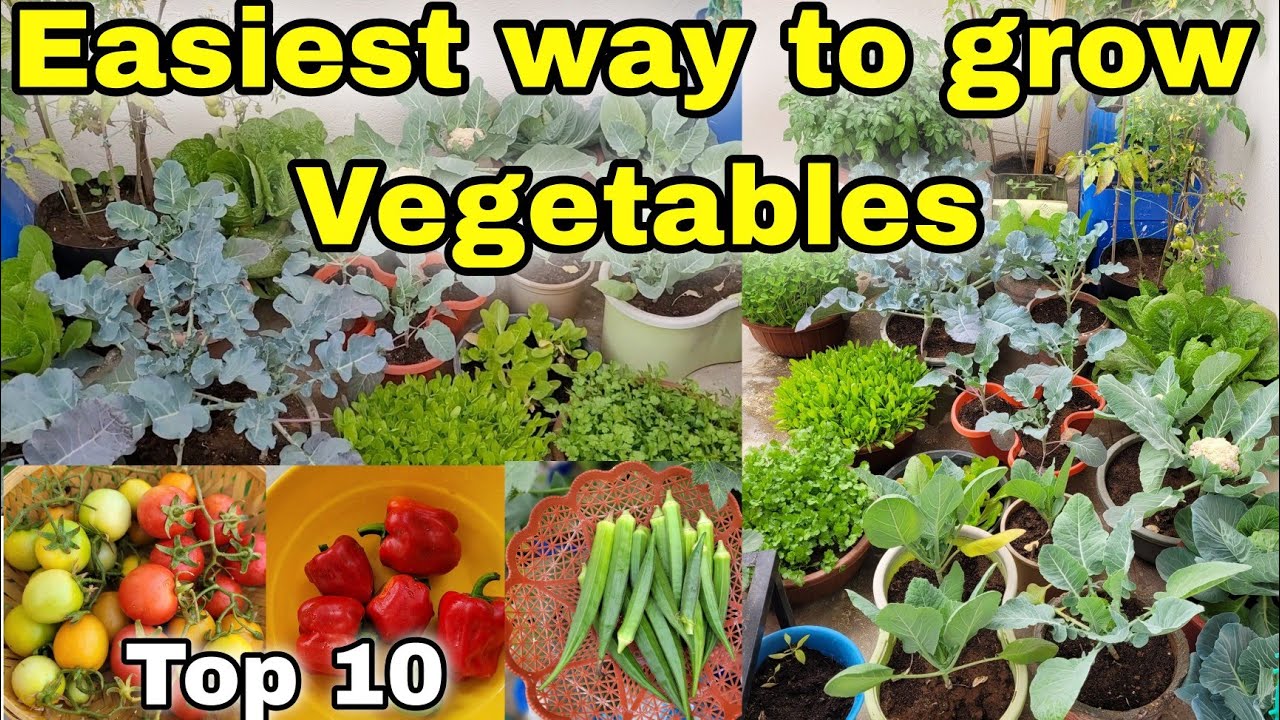Indoor Peppers: How to Grow Compact and Productive Plants
“`html
Indoor Peppers: How to Grow Compact and Productive Plants
Growing peppers indoors can be an incredibly rewarding experience for gardeners of all skill levels, offering a bountiful harvest even when outdoor space is limited. The compact nature of certain pepper varieties makes them particularly well-suited for indoor cultivation. Whether you want to add a touch of greenery to your home or enjoy the fresh taste of homegrown peppers in your cooking, understanding how to care for these plants is essential. In this guide, we will explore everything you need to know about growing indoor peppers, from selecting the right varieties to providing the optimal growing conditions and care. Your journey into the world of indoor gardening will open up new flavors and vibrant colors for you to enjoy indoors, regardless of the season. With the right techniques, you can cultivate productive pepper plants that not only beautify your living space but also enhance your culinary adventures.

Choosing the Right Pepper Varieties for Indoor Gardening
Top Compact Varieties Perfect for Indoors
When selecting peppers for indoor gardening, size and growth habits are essential factors. Compact pepper varieties typically produce numerous fruits while occupying minimal space. Some of the best choices include:
- Jalapeño: Popular for its heat and flavor, jalapeños can thrive in pots and yield fruit regularly.
- Thai Chili Peppers: These small, spicy peppers grow well in containers and add beautiful color to windowsills.
- Mini Bell Peppers: Offering sweetness and crunch, mini bell peppers are ideal for snacking and use in various dishes.
- Poblano Peppers: Slightly larger than jalapeños, poblanos can grow well indoors and are excellent for stuffing.
- Sweet Banana Peppers: Their vibrant color and gentle flavor make them a fun addition to any indoor garden.
Factors to Consider When Selecting Varieties
Consider growth habits, fruit size, and flavor when selecting your indoor pepper varieties. Additionally, look for diseases resistant to strains if you are particularly worried about pests and diseases indoors.
Optimal Growing Conditions for Indoor Peppers
Light Requirements for Thriving Peppers
Light is one of the most critical components of growing healthy indoor peppers. Most pepper plants require at least 12 to 16 hours of bright light daily. Here are some options:
- Natural Light: Place your pepper plants near south or west-facing windows. Ensure they receive consistent sunlight, especially during the winter months.
- Grow Lights: If natural light is insufficient, consider employing grow lights. Full-spectrum LED lights can provide the needed wavelengths for optimal growth.
Temperature and Humidity Needs
Maintaining the right temperature and humidity is crucial for the success of your indoor pepper plants. Most peppers thrive in temperatures between 70°F to 85°F (21°C to 29°C). When it comes to humidity, a relative humidity level of around 50-70% is ideal. You can achieve this by misting your plants or placing a humidity tray nearby.

Soil and Containers: What Your Indoor Peppers Need
Choosing the Right Soil Mix
The soil you use plays a significant role in the health of your indoor peppers. Consider using a well-draining mix that retains moisture yet allows for drainage to prevent root rot. A suggested blend encompasses:
- High-quality potting soil
- Perlite or vermiculite for aeration
- Compost or worm castings for additional nutrients
Container Selection and Drainage
Choosing the right container is equally essential. Opt for pots that are at least 5 gallons for mature plants, with drainage holes at the bottom. This will prevent water pooling and promote healthy root growth.
Watering Indoor Peppers: Striking the Right Balance
Watering Guidelines for Optimal Growth
Watering is a crucial aspect of nurturing your indoor peppers. These plants prefer consistent watering but should never be overwatered. Here are some guidelines:
- Water when the top inch of soil feels dry to the touch.
- Use room temperature water to prevent shock.
- Make sure to allow excess water to drain out of the container.
Signs of Over or Under-Watering
Learn to recognize signs of over or under-watering; yellow and wilting leaves can indicate both. Take note of your watering routine and adjust accordingly based on your plants’ needs.
Fertilizing and Caring for Your Indoor Peppers
Best Practices for Fertilizing
Indoor peppers need regular feeding to support healthy growth and fruit production. Use a balanced, water-soluble fertilizer every four to six weeks during the growing season. Here are some tips:
- Choose a fertilizer with an N-P-K ratio of about 5-10-10 for fruiting vegetables.
- Follow the manufacturer’s instructions for dilution rates.
- Stop fertilizing around six weeks before you expect to harvest.
Pest and Disease Management
Watch for common pests such as aphids, spider mites, and whiteflies. Regularly inspect your plants and use insecticidal soap as necessary. For diseases, maintain good air circulation and avoid water on the leaves to reduce the risk of fungal issues.
Summary and FAQs
Growing indoor peppers requires an understanding of various key factors, including the selection of suitable varieties, light and temperature requirements, proper soil and container choices, watering techniques, and fertilization practices. The best compact pepper varieties, such as jalapeños and mini bell peppers, thrive indoors with the right conditions. Always monitor your plants for signs of stress or disease, and adjust your care accordingly to ensure your peppers remain productive throughout their growing season.
FAQs About Growing Indoor Peppers
Can indoor peppers produce fruit year-round?
Yes, with adequate lighting and proper care, many indoor pepper varieties can produce fruit year-round, especially with the use of grow lights.
What is the ideal pot size for indoor pepper plants?
Pots that are 5 gallons or more are ideal for mature indoor pepper plants. They help support the root system and provide necessary nutrients.
How much light do indoor peppers need?
Indoor peppers require at least 12 to 16 hours of bright light each day, either from natural sunlight or grow lights.
How often should I water my indoor pepper plants?
Water your indoor pepper plants when the top inch of soil feels dry. Over-watering can lead to root rot, so ensure your pots have drainage holes.
“`